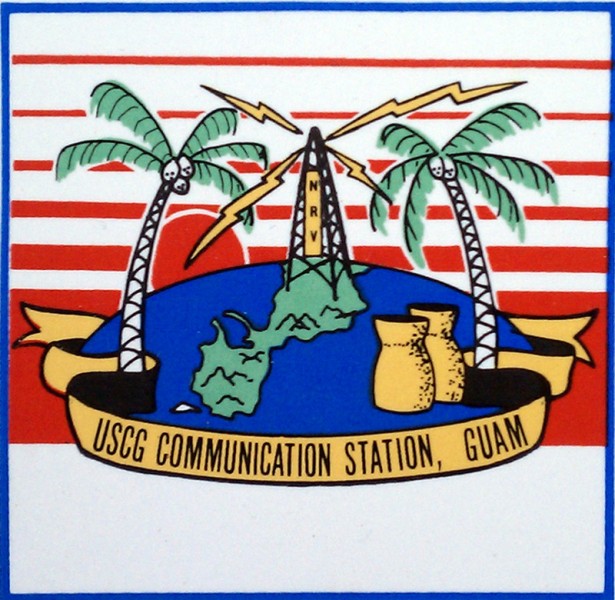This post has nothing to do with radio engineering but is full of geeky goodness, nonetheless. My son is playing Little League again this year. This is his first year in the majors division, and I have to say, I have been thoroughly enjoying watching his games. There is, of course, one minor glitch in the matrix; the scoreboard, which occasionally looks like this:

Now, that is more of an annoyance than anything else. I know what inning it is and what the score is. Truth be told, most of the time the scoreboard is being run by one of the parents (read: a mom) and they can become distracted at times. Very often, the ball/strike/out count is not correct, which in turn causes the home plate umpire to angrily stare up and the scorekeeper’s window.
Anyway…
As I was saying, more of an annoyance…
Regardless, I thought to myself; jeez, I fix things, perhaps I should have a go at that sign. So I spoke to one of the Little League board members who were more than grateful for any assistance I could render.
Thus, one afternoon, after work, I got the ladder out and started poking around to see what I could learn. These signs are relatively simple. Each digit on the sign has one circuit board. Each circuit board has seven segments. Each segment has fourteen LEDs in series. There is a Toshiba ULN2803APG, which is a 16-pin darlington driver, and an LM 317 voltage regulator which is fixed with a 62-ohm resistor.


After poking around with the DVM for a while, I determined that the bad segments were due to open LEDs. I measured the working LEDs and determined that each LED was dropping about 1.7 volts. I took a board home with me and rummaged around in the parts bin until I found some orange 5MM LEDs that matched the voltage drop of the ones on the board. I confirmed my ladder-top troubleshooting findings on the workbench using the DVM in diode mode. I also noticed that the Fluke DVM had enough current to light the LED, thus making troubleshooting much easier. There were three bad circuit boards with various segments out.


A few minutes with the soldering iron and presto:

Sign repaired. I little further research and I found that an Everlight MV8104 LED (Mouser part number 638-MV8104) is a near-perfect replacement. Literally, a 23.3 cent (US) part.
In all fairness to the company that makes the scoreboard, this unit was new in 2003 or 2004. It has spent at least 11 years outside in upstate NY, which is not a tender climate. They will replace the digit circuit boards for 175.00 each, plus $25.00 shipping. My repair work used 9 LEDs ($2.10) plus about two hours of troubleshooting and repairing vs. $600.00 plus perhaps an hour to replace the boards.






What a swell gesture! Wonder who would have even put in those $175 boards once they arrived?
It’s always a good thing to support Little League IMHO…
73
I have never been asked to repair a “solid-state” scoreboard, as they used to be marketed (except for fixing the 1/4″ TRS plug on a control cable once). All of my scoreboard repair forays have been on Fair-Play and Naden electromechanical stuff.
The worst was resurrecting a Naden board at a Senior League field in Missouri that had a burned wiring harness. It also used hard-to-find 240V lamps, partly to accommodate the bright-dim scheme…the return side of the lamp circuits was switched to a 240V leg for bright, and neutral for dim. Half the bulbs were dead, so the decision was made to bypass the bright-dim feature and rewire it to use 120V lamps. I replaced all 89 of ’em.
The later versions of that particular model (had one at the Little League field at the same site) used 120V lamps and they used a couple of big diode pucks to do the bright-dim thing, IIRC.
$2.10 + 2 hours time? That’s not even a Coke at a Brewer’s game, lol.
Nice work!
You’re a good dad. Though he may or may not say it, your son certainly takes quiet pride in the fact that his dad is the guy who fixed the scoreboard.
Kudos to you! Saved them money they probably don’t have and pulled a thorn from your own paw. Plus, its nice to have an occasional repair that isn’t a “brain-burner”.
I think I sense some good karma in your future. I’m sure they’re grateful for you playing the part of local hero.
$175 plus $25 shipping? Who do they think they are, Harris?
Thanks, guys! The league had some extra money set aside to fix up the minor league field, they were worried that they might need to spend it on the scoreboard, so it is nice that they can keep to their original plan. Truth be told, it was really pretty easy to figure out and repair.
Be prepared for various broken electronics to appear at the ball field for the “guy that likes to fix things”
To think those LEDs could have been saved by LC filters on each line to prevent lightning damage.